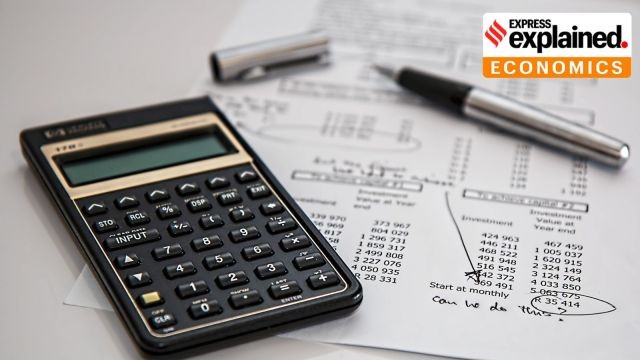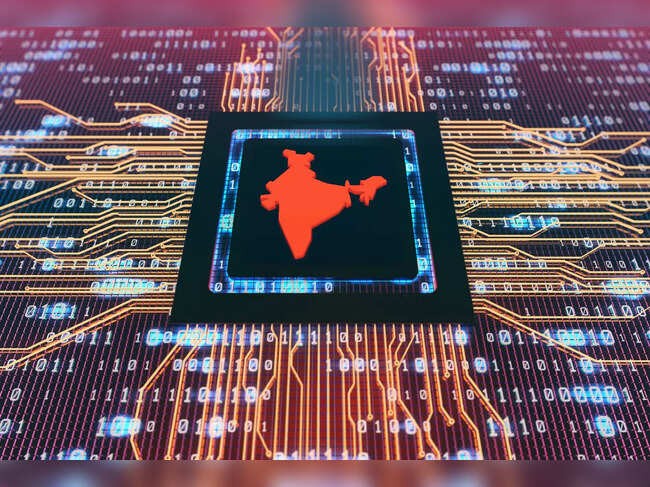



India aims for net-zero emissions by 2070, focusing on green hydrogen, nuclear energy, and renewables. Hydrogen can stabilize the grid and reduce carbon emissions but requires vast clean energy and water. Government initiatives support production, storage, and infrastructure. Success could position India as a global clean energy leader.

Copyright infringement not intended
India faces growing energy demands, and hydrogen could play a significant role in addressing this challenge.
India plans to create a “net-zero” economy, meaning it wants to stop adding greenhouse gases (like carbon dioxide) to the atmosphere by 2070. To do this, India needs to change how it produces and uses energy.
Currently, India is the world’s third-largest emitter of carbon dioxide, though its emissions per person are low compared to countries like the United States.
To reach net-zero by 2070, India plans to:
India’s economy is booming, and more people are using electricity for things like air conditioning, electric vehicles, and running factories. Experts predict a “steep increase” in electricity demand as India aims to become a developed country. For example, by 2040, the average person in India might use three times more electricity than today.
Currently, India depends heavily on coal for electricity (about 55-60% of its power comes from coal). But coal pollutes a lot, so India wants to switch to cleaner options. However, Clean energy sources like solar and wind can’t provide power all the time, and India’s electricity needs are growing by about 9% every year.
Hydrogen is like a super versatile fuel. It can power vehicles, make electricity, or be used in factories to manufacture things like steel or fertilizers.
Currently, most hydrogen comes from natural gas, which creates pollution (this is called “grey hydrogen”). India wants to make “green hydrogen” using clean electricity from solar, wind, or nuclear power to split water into hydrogen and oxygen through a process called electrolysis. This doesn’t pollute.
India’s National Green Hydrogen Mission aims to produce 5 million tons of green hydrogen by 2030. This could reduce carbon emissions by 28 million tons. But making this much hydrogen needs a lot of clean electricity—about 250 billion kilowatt-hours, which is more than all the renewable energy India has now.
Nuclear power plants make electricity by splitting atoms, which doesn’t release carbon dioxide. Unlike solar (which only works when the sun shines) or wind (which depends on weather), nuclear plants run 24/7, providing steady power. This is called base-load power, and it’s crucial for keeping the lights on all the time.
India plans to build 100 gigawatts (GW) of nuclear power by 2047. The Nuclear Power Corporation of India Limited (NPCIL) is building Pressurized Heavy Water Reactors (PHWRs) in Gujarat, Rajasthan, and Haryana. They’re also designing smaller reactors called Bharat Small Reactors (BSRs) for factories to use directly.
The electricity grid needs to balance supply with demand every second. In the past, coal plants could easily adjust their output to match demand. But clean energy sources like solar and wind are trickier because they don’t produce power all the time.
If there’s too much or too little electricity, the grid can become unstable, causing blackouts. As India uses more renewables, keeping the grid stable is a big challenge.
Electrolysers (machines that make hydrogen by splitting water) can act like a sponge for extra electricity.
When solar or wind produces too much power (like during a sunny day), electrolysers use that extra electricity to make hydrogen. This prevents wasting clean energy and keeps the grid stable without forcing nuclear plants to slow down.
The hydrogen can be:
Government wants to connect electrolysers and battery storage to the grid to “shape demand,” so nuclear plants and renewables can run smoothly.
India’s energy choices affect the whole world. With 1.4 billion people, it’s a huge market and a major player in climate change. If India succeeds, it could:
But if India fails, it might rely on coal longer, making climate change worse.
Must Read Articles:
Source:
|
PRACTICE QUESTION Q. “Electric vehicles (EVs) powered by renewable energy are a better solution than hydrogen-powered vehicles”. Critically analyze. 150 words |








© 2025 iasgyan. All right reserved